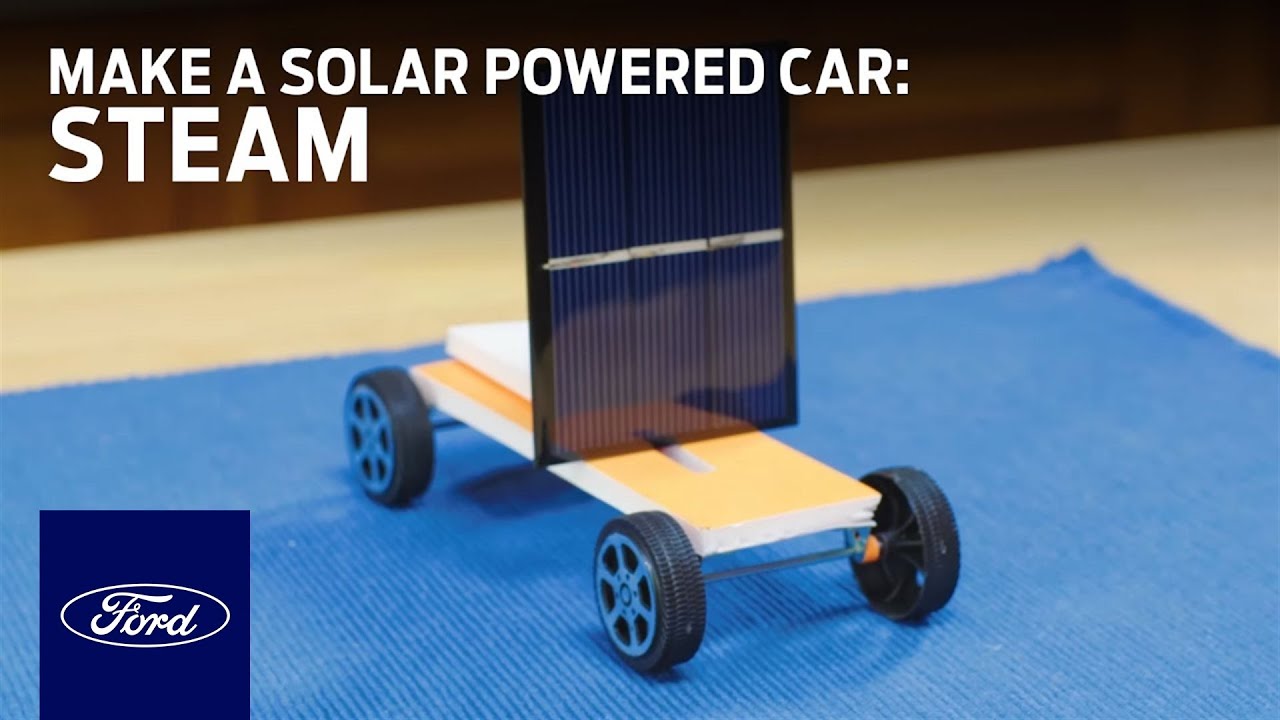Building a Solar Car Model for Science Class
Building a solar car model for a science class project can be an exciting and educational experience for students of all ages. Not only does it provide a hands-on opportunity to learn about renewable energy and sustainable transportation, but it also encourages creativity and problem-solving skills. In this guide, we will explore how to build a solar car model for science class step by step, from gathering materials to testing the final product.
Materials Needed
Before starting the solar car model project, it is essential to gather all the necessary materials. Here is a list of items you will need:
- Solar panel
- Small DC motor
- Wheels
- Chassis (can be made of wood or plastic)
- Glue
- Wires
- Battery
- Switch
- Decorative materials (optional)
Assembling the Solar Car Model
Once you have gathered all the materials, it is time to start assembling your solar car model. Follow these steps to build your solar-powered vehicle:
Step 1: Build the Chassis
Begin by constructing the chassis of the car using the chosen material. Make sure it is sturdy enough to support the other components.
Step 2: Attach the Wheels
Next, attach the wheels to the chassis. Ensure they are securely in place and can rotate freely.
Step 3: Install the Motor and Solar Panel
Mount the DC motor on the chassis and connect it to the wheels. Then, attach the solar panel to the top of the car, ensuring it is positioned to receive maximum sunlight.
Step 4: Connect the Components
Connect the motor, solar panel, battery, and switch using wires. Make sure the connections are secure and the circuit is complete.
Testing and Improving
After assembling the solar car model, it is time to test it. Place the car in direct sunlight and switch it on. Observe how the solar panel generates electricity to power the motor and move the vehicle. If the car does not work as expected, troubleshoot the connections and make necessary adjustments.
Encourage students to experiment with different designs and materials to improve the performance of their solar car model. They can test the car on various surfaces, inclines, and under different lighting conditions to understand how these factors affect its efficiency.
Benefits of Building a Solar Car Model
Building a solar car model for a science class project offers numerous benefits for students:
- Hands-on learning about renewable energy
- Understanding of circuitry and electrical components
- Development of problem-solving skills
- Promotion of sustainability and eco-consciousness
- Encouragement of creativity and innovation
Conclusion
Building a solar car model for a science class is a fun and educational activity that can inspire students to explore the world of renewable energy and engineering. By following the steps outlined in this guide and encouraging experimentation and creativity, students can create their own functional and eco-friendly vehicles. So, gather your materials, roll up your sleeves, and start building your solar car model today!


